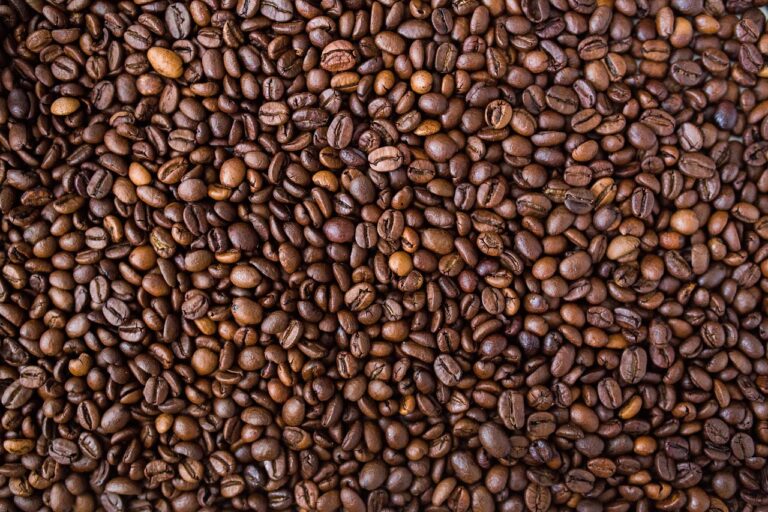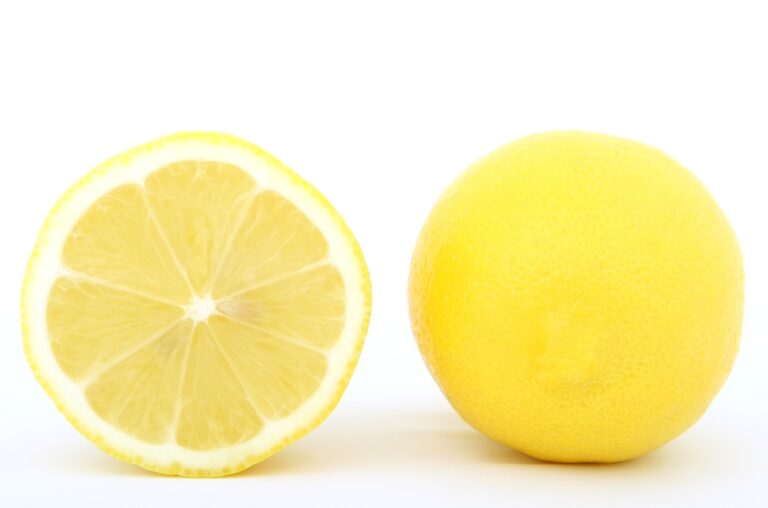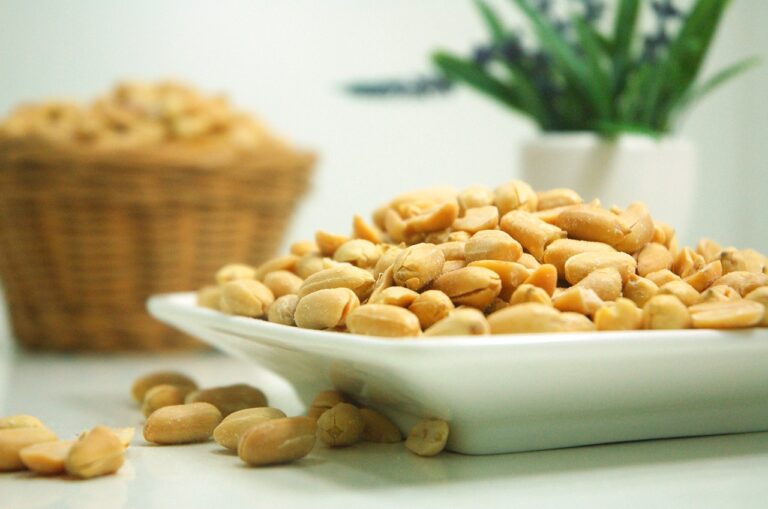Trends in Food Delivery Packaging: Balancing Convenience and Sustainability
Major factors driving changes in food delivery packaging include the rise in online food ordering and delivery services. As more consumers opt for the convenience of having meals delivered to their doorstep, there is a growing need for packaging solutions that can maintain the quality and freshness of food during transport. This trend has prompted food delivery companies to reevaluate their packaging strategies, leading to the adoption of more durable and insulated materials to ensure that meals arrive in optimal condition.
Another key driver of changes in food delivery packaging is the increasing awareness and concern about environmental sustainability. With the rise of eco-conscious consumers, there is a growing demand for packaging that is recyclable, biodegradable, or made from sustainable materials. As a result, food delivery companies are under pressure to minimize their environmental impact by opting for packaging solutions that are not only functional but also eco-friendly. This shift towards sustainable packaging reflects a broader societal trend towards environmental responsibility and the importance of reducing waste in the food delivery industry.
The Impact of Consumer Preferences on Packaging Choices
Consumer preferences play a crucial role in shaping the packaging choices made by food delivery platforms. In today’s market, customers are increasingly conscious of the environmental impact of packaging materials. As a result, there is a growing demand for sustainable and eco-friendly packaging options among consumers.
Moreover, convenience is another key factor influencing consumer preferences when it comes to food delivery packaging. Customers often prioritize packaging that is easy to open, store, and dispose of. As a result, food delivery companies are constantly exploring innovative packaging solutions that not only meet sustainability standards but also cater to the convenience needs of their customers.
Innovations in Sustainable Packaging Materials
In the realm of sustainable packaging materials, biodegradable plastics have emerged as a promising innovation. Unlike traditional plastics that can linger in landfills for hundreds of years, biodegradable plastics are designed to break down more quickly, reducing their environmental impact. These materials are often derived from renewable resources such as plant sources like corn or sugarcane, making them a more eco-friendly option for packaging.
Another notable innovation in sustainable packaging materials is the use of recycled materials. By repurposing materials like cardboard, paper, or plastics, companies can reduce the amount of waste produced and minimize the demand for new resources. This circular approach to packaging not only helps divert waste from landfills but also helps lower the overall carbon footprint of the packaging industry.
What are some factors driving changes in food delivery packaging?
The increasing awareness of environmental issues, government regulations on single-use plastics, and the demand for more sustainable options by consumers are all driving changes in food delivery packaging.
How do consumer preferences impact packaging choices?
Consumer preferences play a significant role in shaping packaging choices as more individuals are seeking out eco-friendly and sustainable options. This has led to a rise in innovative packaging materials that are both functional and environmentally friendly.
What are some examples of innovations in sustainable packaging materials?
Innovations in sustainable packaging materials include biodegradable plastics, compostable packaging, recycled materials, and reusable packaging options. These materials are designed to reduce waste and minimize the environmental impact of packaging.







